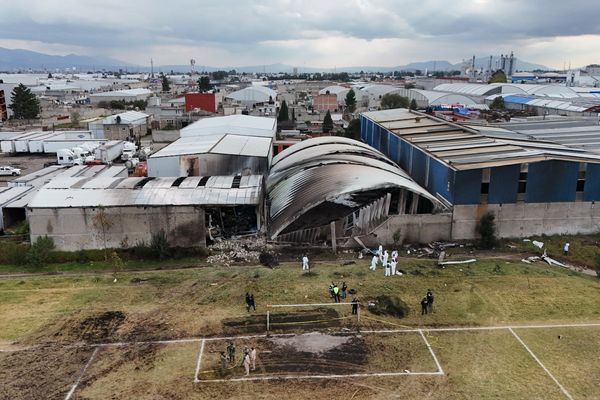
A change of government would mean the total repeal of the Natural and Built Environment Act and the Spatial Planning Act but surely some aspects of the proposed new framework could be advanced?
Opinion: Arriving back in the country I might have been forgiven for missing the release of the Managed Retreat Expert Working Group’s report other than for a Newsroom column highlighting the fact that it had been released. There was no press release, nor a media stand-up by government ministers. It was just popped onto the Ministry for the Environment’s website.
I guess that’s because ‘retreat’, managed or otherwise, is a political hot potato and there is an election looming large and fast.
To be fair, this is a hard topic. And the working group itself has called for a non-partisan approach. It says this is necessary so there is clarity, certainty, and policy stability about what is a vitally important part of our response to the reality that climate change will bring. And that isn’t easy, because we aren’t just talking about people’s homes, we are talking about their hopes, dreams and aspirations for themselves and their children.
READ MORE:
* Projected 400 flooded Auckland households may not be allowed to return
* Govt to pick up some flood retreat costs that insurance won't
* Flood victims plead for urgent Govt help to retreat from devastated houses
People who live in areas that were allowed to be developed on cliff tops or hill slopes or along coastlines take umbrage at the same planning authority telling them that the long-term future they had planned, including leaving their homes to their children, will not be possible.
More than a decade has elapsed since we learned the consequences of allowing development in areas that would have been better left as the wetlands the houses were built around. But did we learn the lessons? No, we didn’t
In the past councils have found themselves in court defending proposed changes to their district plans, and then suffering the consequences at the ballot box. The Kapiti District Council’s attempts to deal with this several years ago must ring hollow in the wake of recent attempts to engage with the community about these matters.
This report says we have to do better. We don’t just owe it to ourselves, we owe it to generations to come.
This report is long overdue. It’s ironic that it seeks to minimise the precedent effect that the approach in red zoning land Christchurch has had. And yet it is published just a few weeks before the 13th anniversary of the September 4, 2010 earthquake that began the Canterbury Earthquake Sequence.
More than a decade has elapsed since we learned the consequences of allowing development in areas that would have been better left as the wetlands the houses were built around. But did we learn the lessons? No, we didn’t.
And it wasn’t long after the earthquakes that we learned the consequences of existing use rights and the challenge they represented to addressing the vulnerabilities of rebuilding in areas that would be damaged again.
And now we have an expert report that tells us of the consequences of further inaction in this regard.
It’s a long report and I am sure not everyone has read it with the attention it requires (me included).
I decided I would update myself on progress on the resource management system reforms that it relates to.
If we don’t pay heed, then we will be condemned to respond to ever-increasing crises, and our capacity as a nation to build a resilient and sustainable future will be ever-diminished
I discovered that the Natural and Built Environment Act and the Spatial Planning Act have now been passed into law. Sadly, a reading of Hansard tells me a change of government would see their total repeal by Christmas. Really? I understand the points that might see some political differences, but surely some aspects of the proposed new framework could be advanced. We don’t have to go back to scratch.
Surely a National Planning Framework could at least be progressed, and could be extended to include a potential framework for addressing managed retreat.
The working group has told us that decision-makers need to adopt a perspective that is not simply a short- to medium-term one, but a long-term one. That is 100 percent correct.
I have already written about the consequences of building subdivisions in areas that were known to be prone to liquefaction. A detailed lifelines report, which preceded the earthquakes by a number of years, and its map of the vulnerability we were considered exposed to, proved to be spot on. And yet we built there with just a liquefaction warning on the Land Information Memorandum regarded as sufficient protection – caveat emptor, let the buyer beware. Most people had no idea what liquefaction even meant.
Why did those who consented these developments not take more steps to limit the risks we were faced with?
Why do we continue to fail to learn the lessons of our experiences?
This working group was asked to develop detailed design options for an equitable and enduring managed retreat system. Whether all the political parties agree with what has been proposed or not, it is important not to start all over again.
If we don’t pay heed, then we will be condemned to respond to ever-increasing crises, and our capacity as a nation to build a resilient and sustainable future will be ever-diminished.







